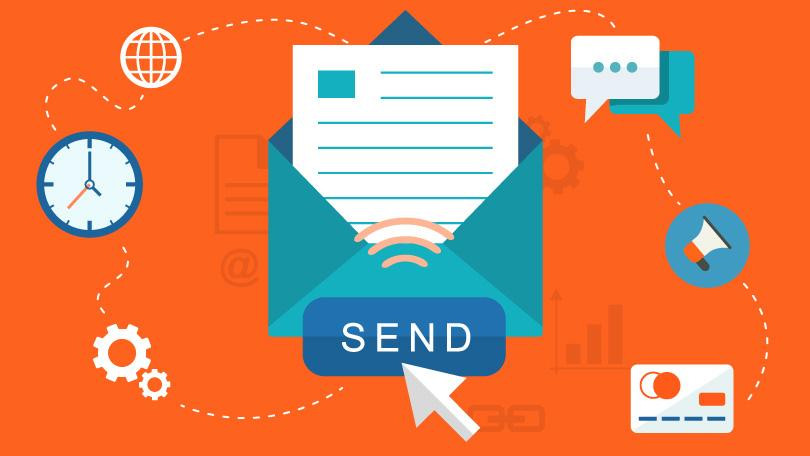Many marketers are sceptical about the success of email marketing, often because their own campaigns yield lower than expected results. These poor experiences, combined with false performance information spread by some unscrupulous marketers, has led to the development of a number of myths.
These myths have been repeated so many times that people believe them. So any email marketing campaign built around these myths is likely to generate far fewer quality leads – or sales.
What are these myths then? And how do you build workable campaigns that really do generate results?
Myth 1 – Never use HTML images in your emails
Marketing “experts” (and even some email marketing platforms) tell you that you must never use HTML or linked images in your messages. The myth goes on to claim that these emails will be blocked automatically, or deleted by recipients.
The reality is slightly different though. Embedded images are only a problem when they are badly designed. Poor quality graphics are a classic sign of spam emails – so if your messages look bad, people may assume that they are junk. They will ignore the message, and possibly report you for sending unsolicited marketing messages.
It doesn’t matter whether your send emails in plain text or HTML formats. You just need to ensure that the contents are designed to a professional standard.

Myth 2 – Never send emails at the weekend
Some experts warn that sending email at the weekend is another way to convince people that your messages are spam. After all, an email sent on a Sunday morning is clearly not intended to reach the recipient immediately.
However the average worker receives between 120 and 140 emails every working day. So if your business wants to stand out, it may make sense to send messages during the weekend.
More importantly still, you should consider what you are sending to your recipients more than when the message is sent. Has the message been personalised to their needs? Do you offer a genuine solution to their business problems? These issues are of the greatest importance, and if your emails address them, you can send messages whenever you want – including at weekends.
Myth 3 – Don’t block soft bounce emails
In order to squeeze maximum value from their campaigns, many experts advise that you do not unsubscribe any addresses that ‘soft bounce’. After all, the message will be delivered eventually.
The mission-critical nature of email means that businesses work hard to keep their servers running around the clock. So the chances of messages soft bouncing are now statistically very low. If one of your emails goes undelivered, there’s a good chance it will never be delivered.
Rather than waste time and resources chasing a lost cause, you should unsubscribe soft bounced addresses from your mailing list immediately.
Myth 4 – Don’t use email lists bought online
Many people complain that the lists they have bought online fail to generate the expected results. And these warnings are completely valid – low quality lists are inaccurate, outdated and yield very poor results.
But that is not to say that all lists purchased online are junk. The key is to be careful about the source of the mailing lists. Take the time to double-check the provider’s credentials and ask for a sample of addresses to test before making a purchase.
Some providers are far better than others – Global Database offer mailing lists with a 94% accuracy rate for instance. If you buy your contact lists from trustworthy providers, there is no reason not to buy online.
Myth 5 – Don’t include an unsubscribe link
Some experts suggest that when sending out individual marketing emails it is unnecessary to add an unsubscribe link. In this way you can prevent valuable contacts removing their details from your lists. You can also sidestep anti-spam regulations like the CAN-SPAM Act because the mails are sent one-by-one.
But omitting the unsubscribe link annoys contacts who are not interested in your products and services. And it also leaves you open to complaints or spamming – which will damage your future marketing efforts.
It is far more effective to improve your targeting and messaging to ensure that your offers are only sent to people who are genuinely interested. They are then much less likely to want to unsubscribe from your future mailings.
Sometimes the experts are wrong
These five myths have grown out of bad experiences and ignorance. By paying close attention to your messages and the quality of your contact data, you can avoid the problems outlined here. And if you can beat these myths, you’ll also outperform your competitors who do continue to plan their campaigns using these myths.
Although there are hundreds of email list vendors, few are able to offer the quality and accuracy provided by Global Database. Which is why we’re one of the world’s top 10 email list providers.
Learn more and arrange a free demonstration by getting in touch today.
